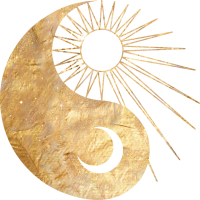What is spiritual awakening?
What is consciousness?
Difference between Ego and Higher Self

The terms "ego" and "higher self" describe two different modes of identity and functioning within a person’s inner life. The ego is the everyday, survival-oriented sense of “I” built from habits, roles and stories; the higher self refers to a broader, wiser, more connected aspect of consciousness that aligns with deeper values, intuition and purpose.
For related articles and a fuller guide, see our knowledge base: Awakening Consciousness — 5DDating.
